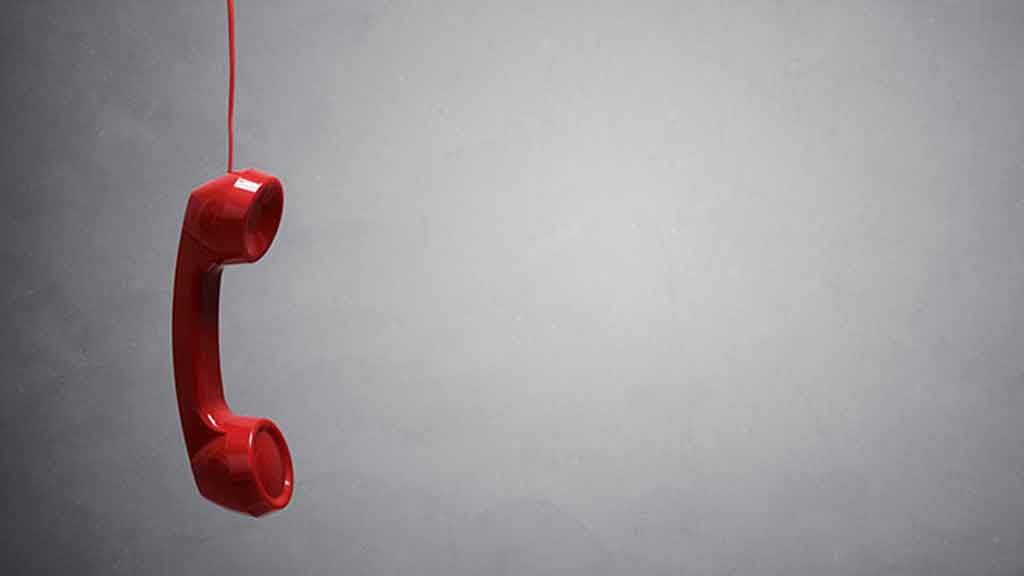Nurses and their leaders have their hands full on any given day and being able to communicate clearly and concisely is key to success.
Whether leading in acute care, home health, hospice, or school-based nursing, listening is at the heart of improved communication, enhanced practice, and the building of cohesive and productive teams.
The Essential Nature of Listening
Effective nurse leaders know that listening is an essential skill to be developed and nurtured throughout the journey of one’s career. Without actively listening to staff, leaders miss important clues to the functional deficits of the team, as well as the small successes that are flying under the radar.
A prudent and forward-thinking nurse leader listens attentively, watches closely, and understands on an intuitive level that nurses and other staff who feel heard are also much more likely to feel understood, seen, and acknowledged. Feeling heard feels good, and it also engenders reciprocal listening and improved communication.
The essential nature of listening cannot be overstated: whether in the break room, the nurses’ station, or at the bedside, nurse leaders can give their nursing staff the gift of being listened to as they reap the benefits in terms of both relationships and nurse performance.
Two Ears, One Mouth
It’s been said that human beings were given two ears and one mouth for a reason: it gives us the opportunity to listen twice as much as we talk. This doesn’t necessarily come naturally to most humans – we tend to like the sound of our own voice – but that doesn’t preclude making a conscious effort to listen more attentively and actively.
Active listening entails minimising unnecessary distractions (often difficult in a busy healthcare environment) and using various strategies for focus, concentration, and improved communication.
Some aspects of active listening include:
- Eye contact;
- Observance of the speaker’s body language;
- The use of body language that demonstrates listening and openness (arms and legs uncrossed; facing the speaker; leaning forward; etc);
- Paraphrasing what has been said so that the speaker knows they’ve truly been heard;
- Demonstrating active listening by the use of verbal cues that what is being heard is acknowledged and understood;
- Putting aside personal emotional reactions;
- Practicing the skill of remembering what has been heard; and
- Being able, when appropriate and timely, to empathically reflect the feelings of the speaker.
Our cultures do not necessarily support healthy listening and communication skills, and they are generally not taught very effectively in academia. Thus, the earnest leader must seek out such education on their own.
Forging a New World
In order to decrease conflict, increase understanding, encourage empathy, and bridge divides, communication skills can be taught to groups who are willing to learn and practice.
A prudent nurse leader can seize the moment and bring in outside facilitators to increase team members’ communication skills. Such a leader can also lead by example by modeling positive communication techniques on a daily basis. Nothing teaches more powerfully than seeing a strong role model in action.
Whereas the nurse leader can learn to see, hear, and understand members of the nursing staff, each staff member must also be steeped in a culture of listening in order for team cohesion to fully occur. That culture of conscientiously listening and communicating isn't created out of thin air; rather, it is cultivated, created, nurtured, and championed by a nurse leader courageous enough to do so.
Falling back on outmoded ways of thinking and leading is easy, but forging new ways of working together and creating community is where the true work lies.
When a nurse leader listens – truly listens – there exists an opportunity for a powerful and positive team dynamic to come into being. Failing such courageous forward thinking, we revert to backbiting, sniping, gossiping, bullying, and stewing in toxic and miserable work environments that destroy nurses’ dreams and poison their careers.
Going against the grain and forging a new paradigm in nursing and healthcare is truly a 21st-century task. Who will lead the way?



 New
New 

